In recent years, mentoring at various coding bootcamps, I've had the unique opportunity to guide and support numerous junior developers passionate about making their mark in cloud engineering & DevOps. A recurring theme I've noticed among these aspiring engineers is their eagerness to dive into the complexities of cloud computing but often feeling overwhelmed by the vast array of programming languages and tools available. This realization sparked a thought in me to create a comprehensive yet approachable guide that shines a light on the essential programming languages for anyone starting their journey in cloud engineering.
On the similar lines, here are seven programming languages every cloud engineer should know in 2024, each selected for its relevance, capabilities, and role in enabling modern cloud solutions.
1. Wing
Wing's design philosophy emphasizes productivity, security, and efficiency, enabling developers to stay within a single, intuitive workflow throughout the development process.
By treating infrastructure resources as first-class citizens, Wing allows developers to define, interact with, and manage these resources directly within their application code. This integration significantly reduces the complexity and potential for errors associated with managing cloud infrastructure, making it easier to build and deploy secure, scalable applications.
One of the key features of Wing is its ability to compile into both Infrastructure as Code (IaC) formats, such as Terraform, and JavaScript.
Wing's support for local simulation of cloud applications is a game-changer for developer productivity. Being able to run, visualize, interact with, and debug cloud applications in a local environment before deployment can significantly speed up the development cycle and improve application quality. This capability, combined with the language's design for easy integration with DevOps practices, ensures that developers can apply continuous integration and continuous deployment (CI/CD) methodologies more effectively, aligning with modern software development practices.
Take a look at Wing’s interactive playground to understand how the Wing language works.
Working with Wing is easy and super simple.
You can install Wing in seconds and start automating your cloud workflows.
npm install -g winglang
You can verify your installation using the command below.
wing -V
Use the CLI to bootstrap a new project: Use the new command and then modify main.w to have the following:
wing new empty
bring cloud;
// define a queue, a bucket and a counter
let bucket = new cloud.Bucket();
let counter = new cloud.Counter(initial: 1);
let queue = new cloud.Queue();
// When a message is received in the queue it should be consumed
// by the following closure
queue.setConsumer(inflight (message: str) => {
// Increment the distributed counter, the index variable will
// store the value prior to the increment
let index = counter.inc();
// Once two messages are pushed to the queue, e.g. "Wing" and "Queue".
// Two files will be created:
// - wing-1.txt with "Hello Wing"
// - wing-2.txt with "Hello Queue"
bucket.put("wing-{index}.txt", "Hello, welcome to winglang world!");
log("file wing-{index}.txt created");
});
Use the wing it command to start the console with our newly created application:
wing it main.w
The Wing Console, gives you a view of your cloud application, enabling developers with faster iterations and hot reloading:
Explore more through Wing’s documentation on getting started with Wing.
2. Python
Python remains an indispensable language for cloud engineers due to its simplicity, versatility, and robust ecosystem. Its extensive collection of libraries and frameworks, such as Flask for web applications and TensorFlow for machine learning, makes Python a go-to language for developing a wide range of cloud-based services. Furthermore, Python's role in automation, scripting, and data analysis ensures that it continues to be a critical tool for cloud infrastructure management, automation tasks, and the rapid prototyping of cloud applications.
3. Go (Golang)

Go, or Golang, designed by Google, has become increasingly popular among cloud engineers for building high-performance and scalable cloud services. Its efficiency, simplicity, and built-in support for concurrency make it an excellent choice for developing microservices, distributed systems, and containerized applications. Go's compatibility with cloud platforms and its ability to handle heavy network traffic and complex processing tasks efficiently contribute to its growing adoption in cloud infrastructure projects.
4. JavaScript (with Node.js)
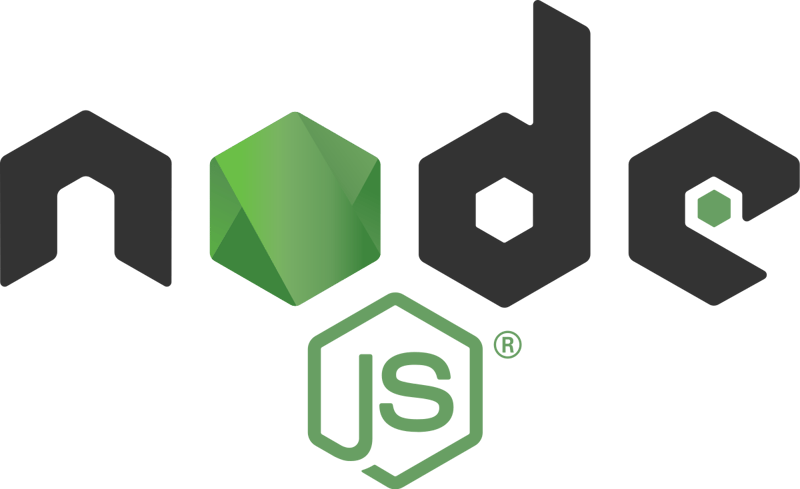
JavaScript, particularly when used with Node.js, is essential for cloud engineers focused on building and deploying scalable and efficient web applications. Node.js allows JavaScript to be used on the server side, enabling the development of fast, non-blocking, event-driven applications suitable for the cloud. JavaScript's ubiquity across client-side and server-side development also facilitates full-stack development capabilities, making it invaluable for engineers working on cloud-based web services and applications.
5. Rust
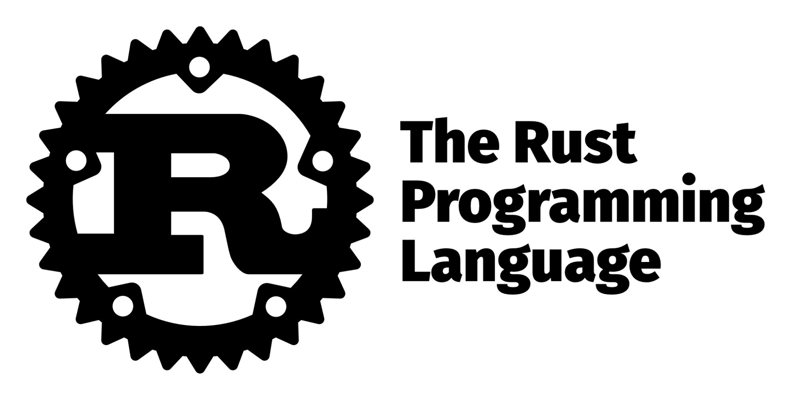
Rust is gaining momentum in the cloud computing domain due to its emphasis on safety, speed, and concurrency without a garbage collector. These features make Rust an appealing choice for cloud engineers looking to develop high-performance, secure, and reliable cloud services and infrastructure. Rust's memory safety guarantees and efficient compilation to machine code position it as an ideal language for system-level and embedded applications in cloud environments, where performance and security are paramount.
6. Kubernetes YAML
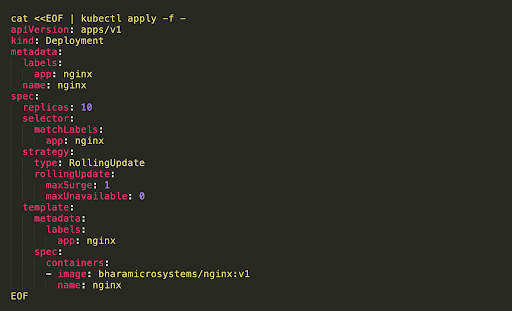
While not a programming language in the traditional sense, Kubernetes YAML (YAML Ain't Markup Language) is essential for cloud engineers working with Kubernetes, the de facto standard for container orchestration. Mastery of Kubernetes YAML is crucial for defining, deploying, and managing containerized applications across cloud environments. Understanding the intricacies of Kubernetes resource files and configurations allows engineers to leverage the full capabilities of container orchestration, ensuring scalable, resilient, and efficient cloud-native applications.
7. Terraform HCL (HashiCorp Configuration Language)

Terraform HCL (HashiCorp Configuration Language) is an essential language for cloud engineers in 2024, particularly for those involved in infrastructure as code (IaC) practices. HCL is the configuration language used by Terraform, a widely adopted tool that enables engineers to define, provision, and manage cloud infrastructure using a declarative configuration approach. Learning Terraform HCL allows cloud engineers to automate the deployment and lifecycle management of cloud resources across various service providers, ensuring consistency, repeatability, and scalability of cloud environments.
Wrapping Up
In 2024, all languages have their strengths, and I’ve enjoyed putting my thoughts together regarding Cloud Engineering and DevOps.
If I could offer my students' advice, amidst the rapid expansion of this growing field, mastering Wing emerges as a compelling choice.
Wing provides cloud engineers and developers with a distinctive advantage, offering local testing with the console, hot reloading (a challenge for most Cloud Engineers), and enhanced scalability, not to mention security for cloud applications.


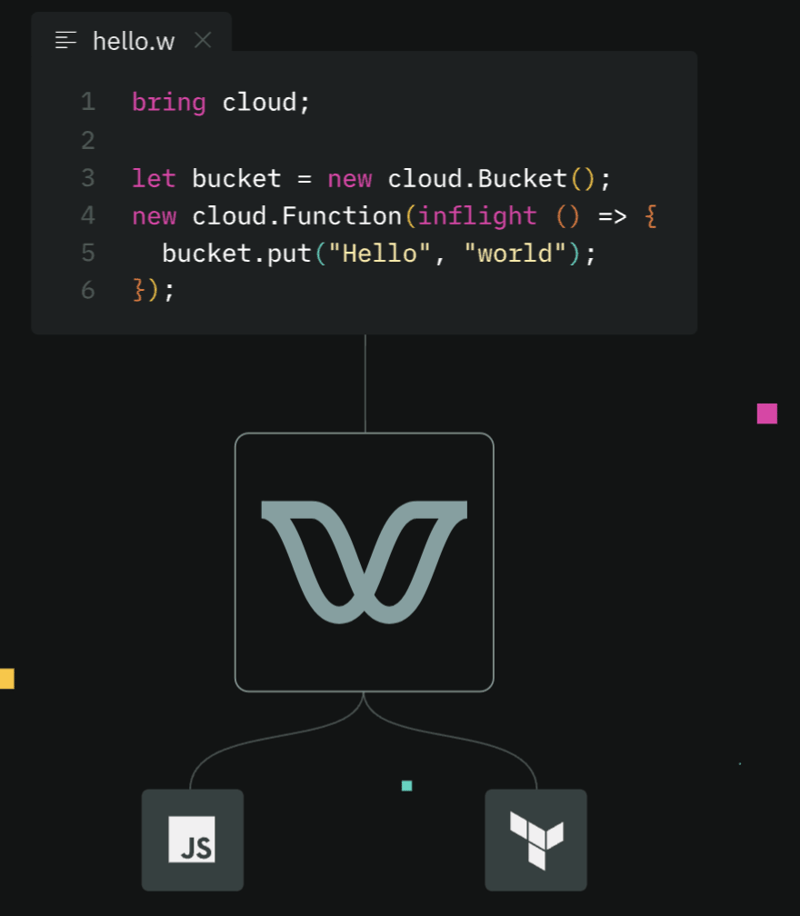

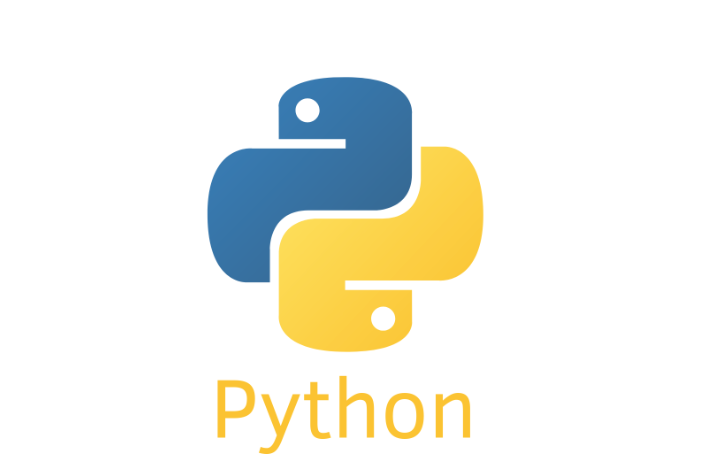





Top comments (30)
Loved reading this, thanks Pavan!
You are welcome, @shaiber
Great article! Wing seems very interesting. I wish you'd mentioned they are still in beta and don't consider themselves production ready yet. However, I will definitely be checking it out. Thank you!
Wing & Rust , 🙌🏻 Great info. Thank you 💥
Hope it was helpful:)
Great am currently learning rust now and after that i will learn go
Great. Also take a look at Wing. The new entrant doing really well and a must learn for cloud engineers.
Thank you, I really appreciate 🙏
Thanks Pavan for another great resource
You are welcome, David!
Great article!
Thanks William.
Makes me realise that I have to get into Rust at some point 😮💨
Really nice piece :)
Also take a look at Wing:)
Thanks for mentioning Wing Pavan!
Wing is amazing and it has to be mentioned.
Thanks
I’m new here
And I want to learn
Welcome to devto community. Happy learning!
I thought I knew most modern languages but Wing snuck up on me. Thank you for this glimpse.
You are welcome, Thomas!
Great breakdown, Pavan!
Thanks, Alina!
What's your opinion of using Zig instead of Rust?
So I read that Zig is a better C, while Rust is a low-level ML. Zig is relatively a young language and yet to be explored. Rust has a decent community is what I know but haven't worked with Rust.
Great insights @pavanbelagatti on Wing, Python, Go, and more! I wanted to chip in a few more tools that could be super useful for cloud engineers:
Infrastructure as Code & Config Management: Check out Pulumi (pulumi.com) for using languages like Python to define cloud infrastructures, or AWS CDK (aws.amazon.com/cdk) for building on AWS with ease. For direct platform integration, there's CloudFormation (AWS) and ARM Templates (Azure). And don't miss out on Ansible, Chef, and SaltStack for top-notch cloud management.
Cool Cloud Tools: The Serverless Framework (serverless.com) makes deploying apps across clouds a breeze, and GraphQL (graphql.org) offers efficient API interactions. For Kubernetes, Helm (helm.sh) is a lifesaver.
Monitoring & Observability: Keep tabs on everything with Prometheus (prometheus.io), go for an all-in-one solution with Datadog (datadoghq.com), or manage microservices smoothly with Jaeger (jaegertracing.io).
Databases for the Cloud: Don’t forget Amazon DynamoDB for serverless scaling, Google Cloud Spanner for global consistency, and CockroachDB for resilient, distributed SQL.
Hope these tools add more firepower to your cloud engineering toolkit. Keep up the awesome work ✌️
Fantastic read @pavanbelagatti . Thanks for sharing.
You are welcome, Krishnan.
Very few roles, if any, need to know all of these, none the least a cloud engineer.
Some comments may only be visible to logged-in visitors. Sign in to view all comments. Some comments have been hidden by the post's author - find out more